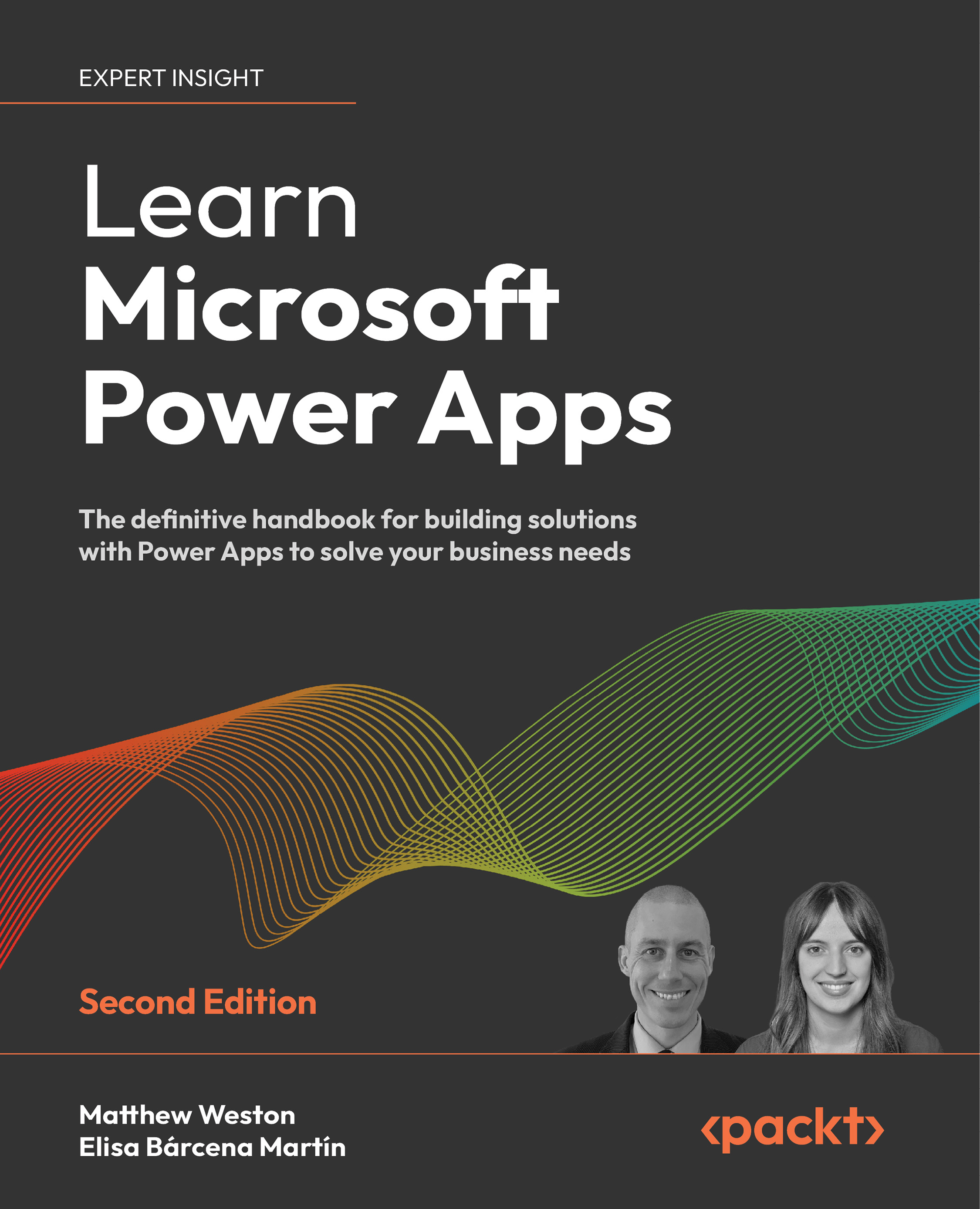In the previous chapters, we started to build on our app even further by introducing and implementing some basic formulas, using controls, and building components. On their own, formulas will allow an app to take advantage of some of Power Apps, basic functionality, but the real depth of apps comes from their consumption and interaction with data.
Data can be stored in a number of different ways, both internally, within the app memory, and externally in a data source. We will explore external data sources in Chapter 9, Introducing Connectors, where we will explore how we can connect to, and consume data from, external services. In this chapter, we will look at how we can build data structures internally within the app and explore how we can use them while we’re running our Power Apps.
In this chapter, we will cover the following topics:
- Creating and interacting with collections
- Displaying data
- Using forms
- Lab 7
...



 Free Chapter
Free Chapter

